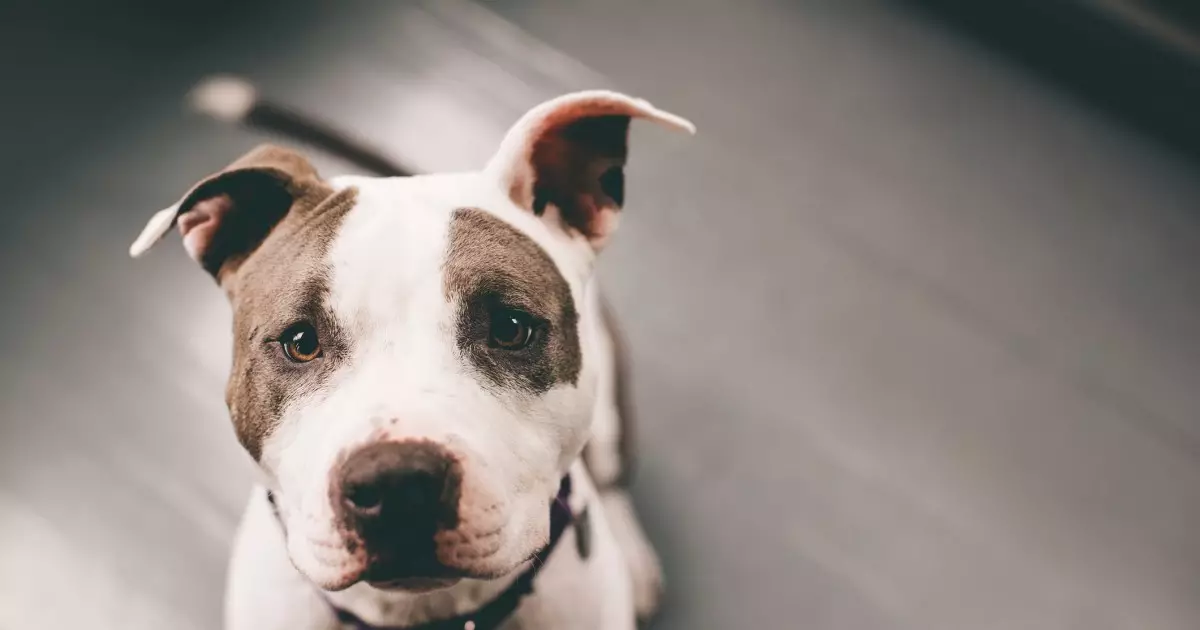American Pit Bull Terriers (APBT) are often at the center of heated debates regarding their nature and reputation. The term “Pit Bull” can broadly encompass various breeds that possess similar physical traits, creating significant confusion among dog owners and potential adopters alike. American Staffordshire Terriers, American Bulldogs, and Staffordshire Bull Terriers all fall under the “Pit Bull” umbrella. However, it is vital to distinguish that the APBT is a specific breed with unique characteristics that have been historically misinterpreted, largely due to the actions of irresponsible owners and media portrayals.
The American Kennel Club (AKC) does not recognize the American Pit Bull Terrier, although it does endorse breeds like the Staffordshire Terrier, which shares a close resemblance. This distinction arose partly from the breed’s troubled history. The APBT has undergone numerous name changes and image rehabilitation efforts to distance itself from negative associations, particularly in connection with dog fighting and aggressive behavior.
Historically, however, the American Pit Bull Terrier was celebrated as the quintessential “family dog.” In the early 20th century, they were often called “nanny dogs” due to their perceived protective and gentle nature around children. Iconic representations of Pit Bulls like Petey from “The Little Rascals” and Nipper, the RCA mascot, helped cement their image as beloved family companions.
Physically, American Pit Bull Terriers are medium-sized with a muscular build, short hair, and a variety of coat colors, including brindle, spotted, and solid hues. Their sturdy structure is misleading; this breed is not inherently aggressive. In fact, with appropriate socialization and training, APBTs can be among the most affectionate breeds. They typically display a vibrant zest for life, a strong desire to please their human companions, and an affectionate demeanor that defies the negative stereotypes often attributed to them.
Their intelligence is another compelling trait. APBTs thrive in environments where they feel engaged—whether through obedience training, agility exercises, or even as therapy dogs. This breed naturally craves interaction and mental stimulation, marking them as ideal companions for active families.
The stigma surrounding American Pit Bull Terriers can often be traced back to their exploitation by unscrupulous individuals who utilize them for illegal purposes, such as dog fighting and as guard dogs. This misuse does not reflect the breed’s true nature but rather highlights the consequences of poor ownership. Just as with any other dog breed, an individual’s temperament is significantly influenced by its upbringing and environment.
A well-cared-for APBT is generally friendly and trustworthy, not predisposed to aggression unless provoked by a bad owner. The essential challenge lies in responsible ownership; a committed and knowledgeable pet parent can help shape a well-behaved dog. The responsibilities involve consistent obedience training, socialization from a young age, and nurturing a loving home environment.
In light of the misunderstandings that surround the breed, it is crucial to support efforts that promote positive interactions and accurate representations of American Pit Bull Terriers. Education about their characteristics and needs can pave the way for better integration of APBTs into families. Additionally, combating the myths and prejudices they face requires the dog community to advocate for their rightful place as safe, loving pets.
The nurturing of APBTs can lead to joyful outcomes, fostering relationships that enrich families for years. Properly raised American Pit Bull Terriers can be remarkable companions, offering unwavering loyalty and affection. Just as with any breed, the key to a harmonious relationship is rooted in respect, understanding, and an unwavering commitment to training and socialization.
Ultimately, American Pit Bull Terriers earn their place in the family through their devotion and loving nature, far more than through the prejudices that society sometimes casts upon them. By practicing responsible ownership and effectively educating others about these dogs, we can help to transform the APBT’s public image from one of fear to one of warmth and companionship. In doing so, we honor the spirit of this remarkable breed and allow it to reclaim its legacy as a beloved family member and a loyal friend.

